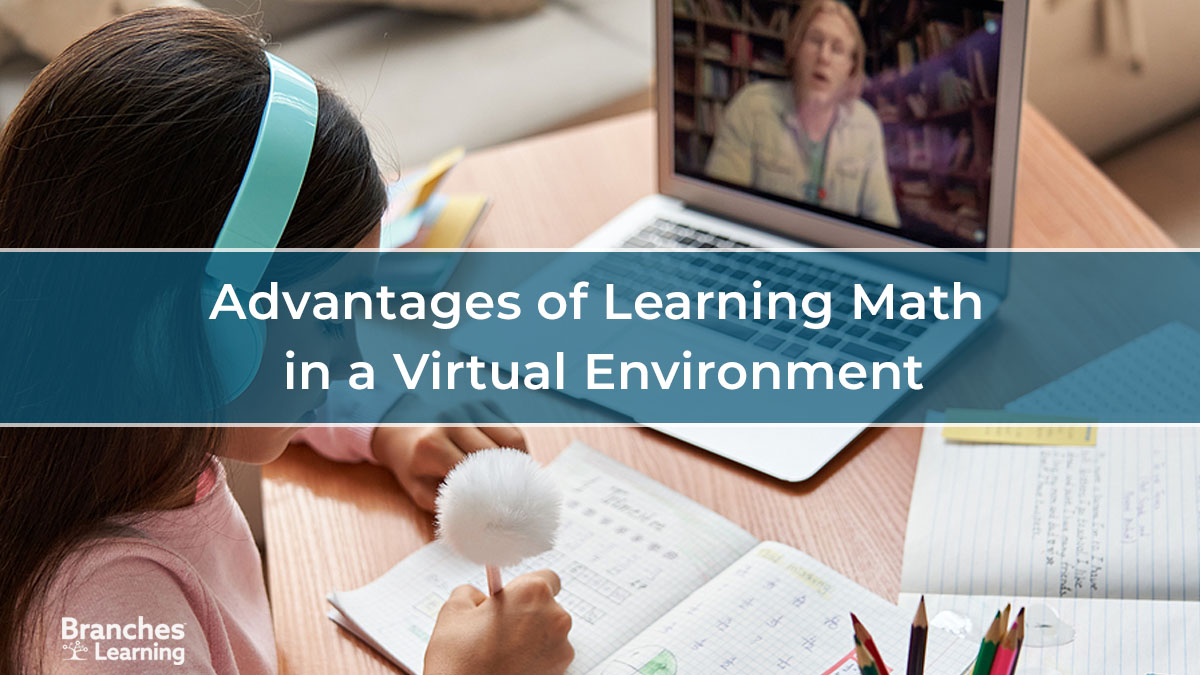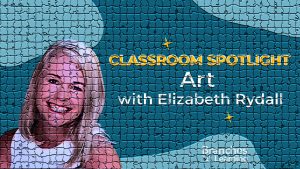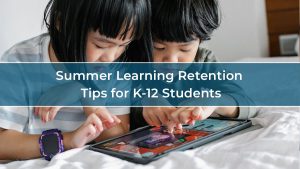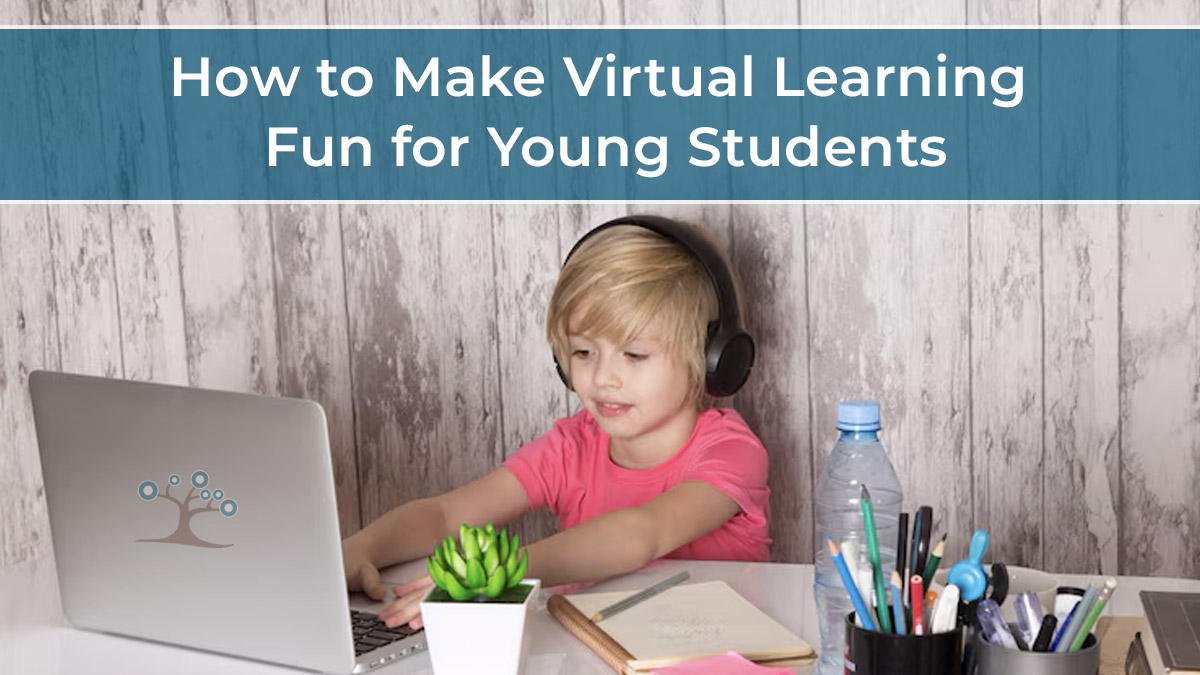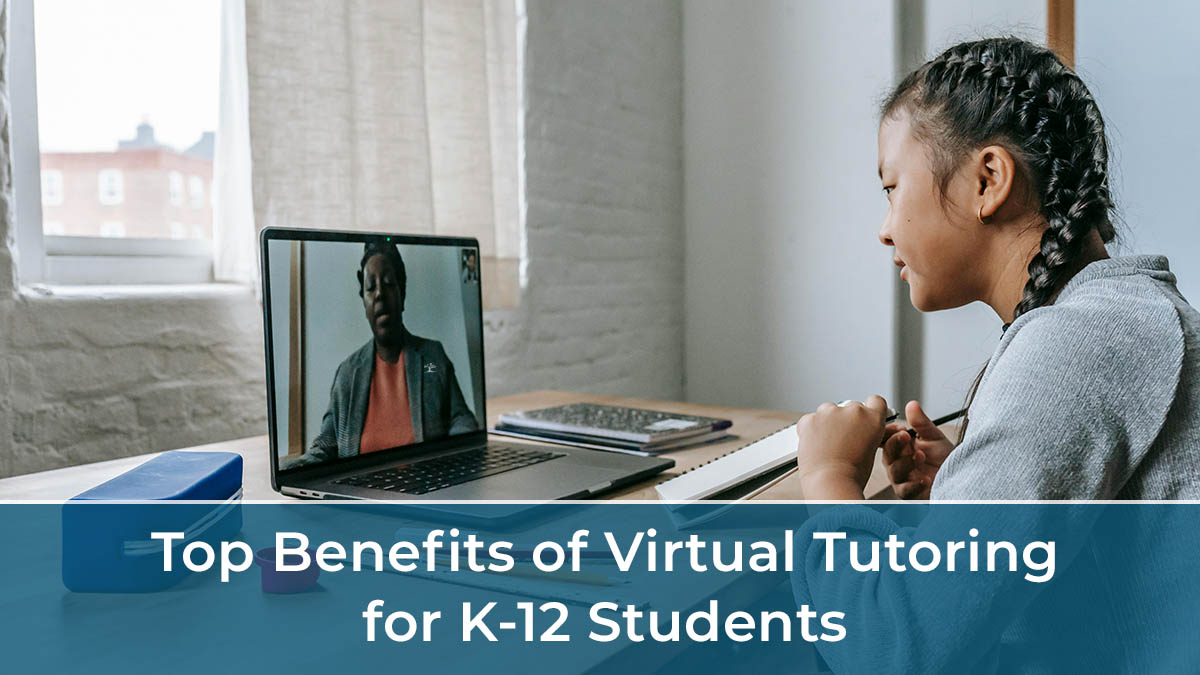It is no secret that math is not a favorite subject for many students. However, there are several advantages to learning math concepts in a virtual environment. Students can individualize their learning with interactive tools, games, virtual manipulatives, videos, and virtual lessons. They can revisit lessons as much as needed to reinforce concepts, have opportunities to engage with peers and teachers, and build on their math and technology skills in a flexible environment. Learning math in a virtual classroom can provide students with accessibility, allowing them to thrive.
Engagement
Keeping students engaged in any subject can be challenging. Virtual learning provides an innovative way to keep students focused and involved. For instance, digital interactive tools like virtual manipulatives, calculators, or interactive clocks can allow for a deeper exploration of mathematical concepts. Learning math in a virtual setting eliminates distractions that come with a physical classroom. The smaller class sizes online foster opportunities for collaboration and asking questions. Additionally, incorporating educational games such as Math Blaster or interactive experiences like a math-based escape room can make learning math virtually much more engaging than in a traditional setting.
- Virtual manipulatives, such as calculators and interactive clocks, are powerful aids for students and teachers. They facilitate a deeper understanding of mathematical concepts, making complex ideas more accessible. Research has demonstrated that visually representing math concepts can significantly enhance mental math skills, making these digital tools invaluable in the virtual classroom.
A fantastic resource is toytheater.com, a website that offers a variety of interactive math games and activities for students of all ages. - Virtual learning offers ample opportunities for students to collaborate with peers and teachers. With smaller class sizes, students can engage in discussions, ask questions, and learn from one another. This collaborative environment can make students feel more connected and engaged in their learning.
Flexibility
Learning math in a virtual environment allows students to use various online resources that cater to their learning style. For instance, visual learners can benefit from interactive diagrams and videos, while auditory learners can listen to recorded lessons. Attending math class via a laptop or tablet will enable students to choose an environment where they feel most comfortable. This flexibility, not found in traditional settings, gives students a sense of liberation and control over their learning. When students feel comfortable, they can open their minds and genuinely focus on absorbing the math concepts being taught. This sense of control and independence can make students feel more empowered and engaged in learning.
Virtual learning in math provides a stress-free learning experience for students. They can access recorded lessons, go through the material at their own pace, and rewatch it as many times as needed. This relieves students from the pressure of keeping up with the class, allowing them to learn in a comfortable and stress-free environment, which is essential for a subject like math.
Personalized Learning
When it comes to learning math, there is no such thing as a “one size fits all.” Virtual math classes bring a personal touch, empowering students by catering to their capabilities and needs. Virtual teachers utilize visual tools and virtual manipulatives to promote understanding. Many online platforms provide instant feedback and positive reinforcement for progress, boosting students’ confidence in their math skills. This boost in confidence can make students feel more secure in their math skills and more confident in their learning journey.
Accessibility
Virtual learning has made learning more accessible to students with economic, mental, or physical barriers. For instance, students with physical disabilities can access math resources in a more manageable platform, like a digital textbook database, instead of physically going into a classroom or library. This digital platform also benefits students who may not have the economic means to purchase physical copies of math textbooks. Access to virtual tools, manipulatives, online worksheets, math games, etc., can help students who face geographic and/or economic barriers that prevent them from obtaining physical resources, providing equity. Math is a subject that needs someone’s undivided attention and open mind, not one riddled with external stressors that can be prevented virtually.
Tech Skills
In the digital age, technology has become a part of daily life. Taking an online math class can also enhance a student’s skills in using technology. Students learn to navigate various video conferencing platforms and learning management systems, which will be transferable skills when they enter the workforce one day. They also learn to use different internet browsers, websites, and online resources. Coding has become increasingly popular, incorporating a student’s math skills. All of these skills can be beneficial not only in their academic journey but also in their future careers, where digital literacy is increasingly important.
Conclusion
Learning math virtually offers several advantages that enhance a student’s engagement, flexibility, and accessibility. Digital math tools individualize a student’s learning, empowering them with confidence—the most important thing you can bring to the math classroom.

